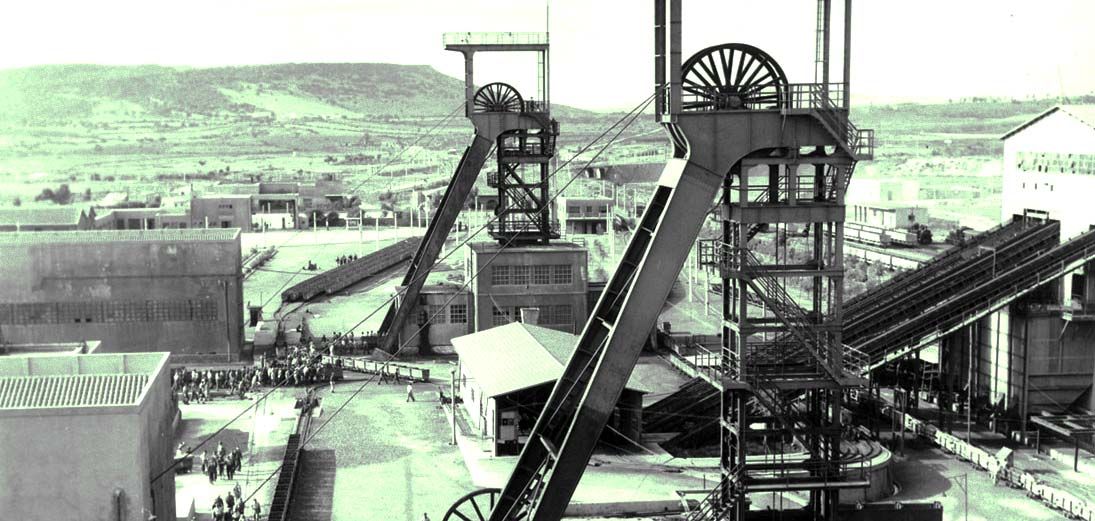
Industrial archaeology of Sardinia
The industrial archaeology of Sardinia forms an important part of the island’s rich historical and cultural past. It reveals a tradition which is strictly linked to the earth, or better to the very bowls of the earth, and which is particularly characteristic of the fascinating marine and mountain landscapes of south western Sardinia.
 Piscinas
Piscinas
The industrial archaeology of Sardinia forms an important part of the island’s rich historical and cultural past. It reveals a tradition which is strictly linked to the earth, or better to the very bowls of the earth, and which is particularly characteristic of the fascinating marine and mountain landscapes of south western Sardinia. This industrial archaeology refers to the extraction of minerals, an activity which began on the island in the Neolithic Age and continued with the Phoenicians and the Roman,s right up until the last decades of the twentieth century. The remains of this activity are so captivating that UNESCO has declared the area of Sulcis-Iglesias-Guspini, where the largest mines were situated, part of Man’s cultural patrimony, and as such a protected area. However, there are also important mining sites in the province of Nuoro, such as the mine of Funtana Raminosa at Gadoni, where the working of copper minerals can be traced back to the Bronze Age. Another important site is that of Sos Enattos at Lula, where finds from Roman Times bear witness to the presence of slaves condemned to working metals and minerals.
 mining complex of Montevecchio
mining complex of Montevecchio
In some of these sites the plants and machinery used for extracting minerals have been salvaged and restored, for example the Sala Compressori and Palazzo Bellavista at Monteponi. However, in most cases the ruins of the buildings where the miners’ families lived and the constructions where the working of the minerals took place appear as fairy-tale ghost towns, such as the vast mining complex of Montevecchio. Beneath these sites there is another magical underground world made up of labyrinths of tunnels, shafts and dark, wet passages which stretch out for kilometres. Both above and below ground in this enchanting world of gutted buildings and rusty railway tracks, the sound of the picks is still almost audible and the vision of the toil and sweat of the thousands of workers who once animated these sites is never far away. However, the exceptional beauty of the landscape on which these ruins stand often makes visitors forget their original purpose. The Porto Flavia tunnel, which opens up onto a splendid panorama of the majestic Pan di Zucchero rock rising out of the sea, and the Henry Gallery, which cuts across a breathtaking plateau, reveal a perfect harmony of man and nature. The striking image of man’s presence in the towering cliffs seems more in keeping with man’s contemplation of the area’s natural beauty than the great human toil and sacrifice of the mining industry.
Sardinia Italy, Culture in Sardinia, Traveling to Sardinia, Industrial archaeology, Mine of Sardinia
 English (UK)
English (UK)  Italiano
Italiano